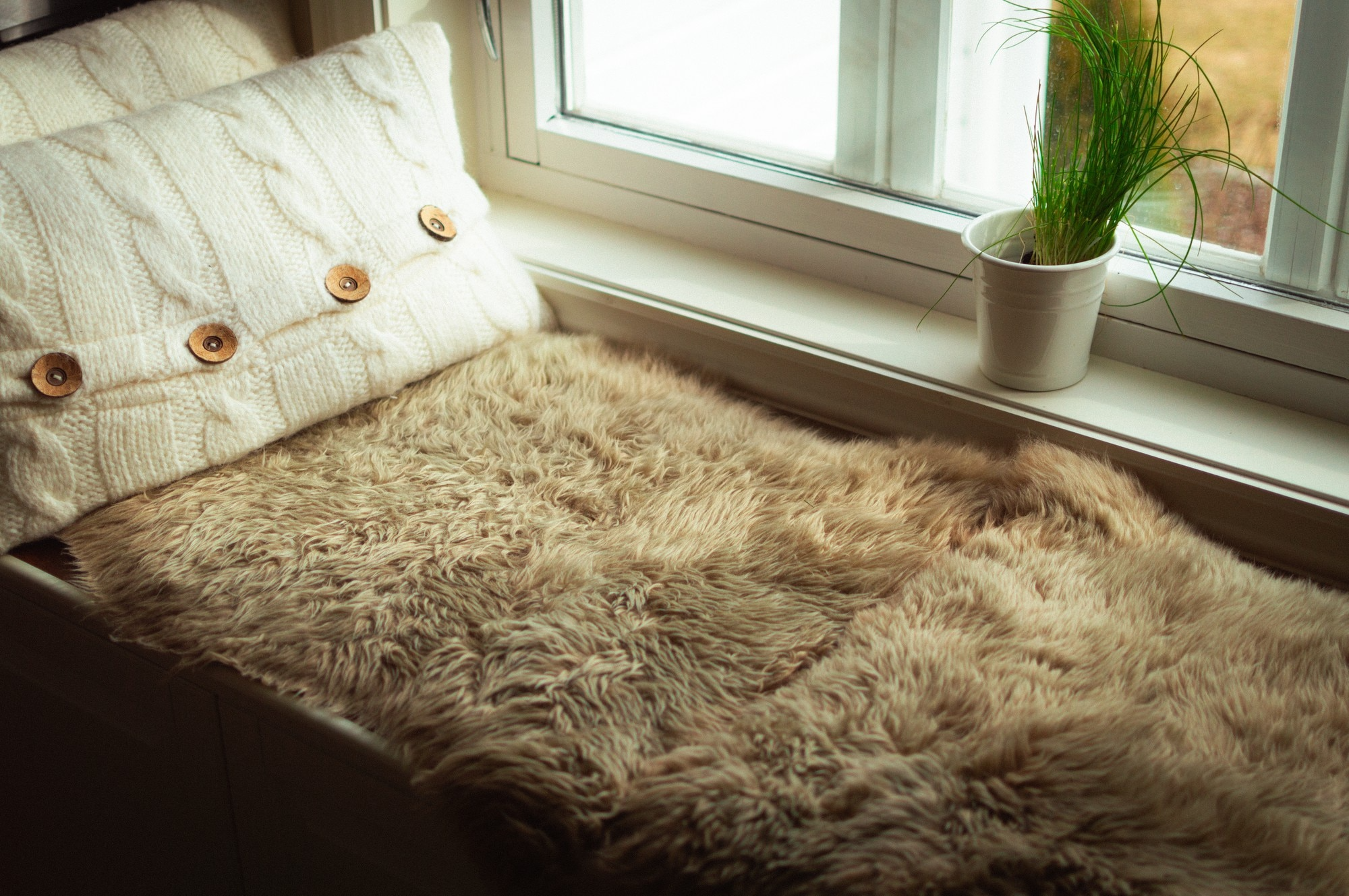Leaves pile up, gutters clog, and garden beds collect dead growth as temperatures fall, turning a calm autumn into a series of small but costly problems. Left unaddressed, yard debris creates hiding spots for pests, raises the chance of fungal disease, blocks water flow in gutters and downspouts, and sets the stage for ice problems once freezing weather arrives.
For homeowners and small business owners in Buffalo, Amherst, and Cheektowaga, a quick, organized approach makes the difference between a smooth winter and emergency repairs come spring. A professional fall cleanup service can handle leaf removal, bed cleanout, shrub care, and gutter work so you don’t have to worry about physical strain or missed steps.
In this blog, we’ll walk you through a clear, step-by-step fall cleanup checklist that covers lawn care, beds, trees, hardscapes, gutters, and equipment, plus timing and tips for hiring local help in Buffalo-area towns so your yard is ready for winter without guesswork.
The Importance of Fall Cleanup for Your Home and Yard
A tidy fall cleanup reduces disease and pest pressure, helps water drain away from foundations, and lowers the risk of ice-related damage on roofs and gutters. Plant debris and unmanaged leaf litter can shelter insect pests and fungal spores over winter, which leads to bigger problems next spring. Clearing gutters and removing roof debris helps melting snow move freely and reduces ice dam risk. These are standard recommendations from university extension offices and weather services.
Best Time to Schedule Fall Cleanup in Buffalo-Area Neighborhoods
Timing depends on leaf drop and local weather. For much of western New York, a good window is late October through mid- to late November after most leaves have fallen but before hard, repeated freezes.
Scheduling early in that window gives you flexibility before the first heavy snow. Local providers typically list seasonal windows and booking details for Buffalo, Amherst, and Cheektowaga.
Step-by-Step Checklist (Use This as Your Working List)
1. Grounds & Lawn
- Rake or run a leaf vacuum to remove leaves from the turf, allowing the grass to receive sunlight.
- Mow one last time at a slightly lower height if growth has slowed.
- Aerate and apply a slow-release fall fertilizer if you want a stronger spring green-up (optional).
2. Garden Beds & Perennials
- Cut back dead annuals and remove diseased plant material; compost only healthy debris.
- Leave sturdy perennial seedheads if you want winter interest or to feed birds; cut these in early spring if you prefer.
3. Shrubs, Small Trees, and Fragile Plants
- Lightly prune broken limbs and remove crossing branches.
- Burlap or wrap tender shrubs if winter wind or drifting snow is common in your spot. (Ask a pro for the best methods.)
4. Gutters, Downspouts, and Roof Edge
- Clear leaves and debris so melting water drains freely.
- Double-check downspouts are directed away from the foundation to prevent pooling and freeze issues.
- Use a roof rake from the ground to remove heavy snow later in winter and limit ice dam risk.
5. Hardscape, Driveways, and Walkways
- Sweep patios and remove leaf piles from cracks to prevent staining and slipping after frost.
- Top off sand in gritty mixes or store delicate furniture under cover.
6. Equipment, Storage, and Safety
- Clean and service mowers, trimmers, and hand tools; drain fuel or add stabilizer.
- Store hoses and irrigation fittings indoors to prevent freeze damage.
- Check the extension ladder and snow rake condition so you’re ready when needed.
Quick Picks
- Remove leaves from lawns weekly while they fall.
- Cut back and remove diseased plant debris.
- Clean gutters before the first heavy thaw.
- Move or protect potted plants and fragile shrubs.
- Service outdoor equipment and store hoses.
How Does This Save Money and Time
Doing a full cleanup now lowers the odds of spring pest outbreaks, fungal diseases, and ice-damage repairs. It also protects your lawn and plantings from being smothered by wet leaf layers that can cause brown patches. When you factor in the cost of emergency roof work or landscape repairs, a planned fall cleanup, either DIY or contracted, is often the cheaper route. University extension resources and regional guides consistently recommend removing debris and cleaning gutters before winter to reduce future costs.
How to Choose a Local Fall Cleanup Provider
You can save time and reduce risk by using a local crew, especially if you live in Buffalo, Amherst, or Cheektowaga. When you contact a company, check that they:
- Offer transparent pricing for single visits and seasonal packages.
- Carry general liability insurance and, if they have crews on your property, worker coverage.
- Describe what their fall cleanup includes (leaf removal, bed cleanout, shrub care, gutter cleaning, hauling debris).
- Provide references or local reviews from nearby neighborhoods.
Local providers often combine fall cleanup with pruning or late-season fertilizing if you want a bundled approach.
Practical Tips to Make the Job Easier
- Leave a small area of leaves in a brush pile (away from foundations) if you want to support overwintering beneficial insects — then clear it in early spring if pests become a problem.
- If you opt for pro service, ask about their yard-stacking method to avoid burying plants when snow is pushed later.
- Take photos of problem areas (gutter clogs, low spots where water pools) before work starts so both sides agree on needs and results.
Conclusion
A clear fall cleanup plan keeps your property healthy, lowers winter risks, and saves time in spring. Whether you do the work yourself or hire a local crew, following this checklist will reduce pest and disease pressure, protect roofs and gutters, and leave your yard ready for snow. If you live in Buffalo, Amherst, or Cheektowaga and want a local estimate or seasonal options, the provider’s fall cleanup page has service details, timing, and contact information.




